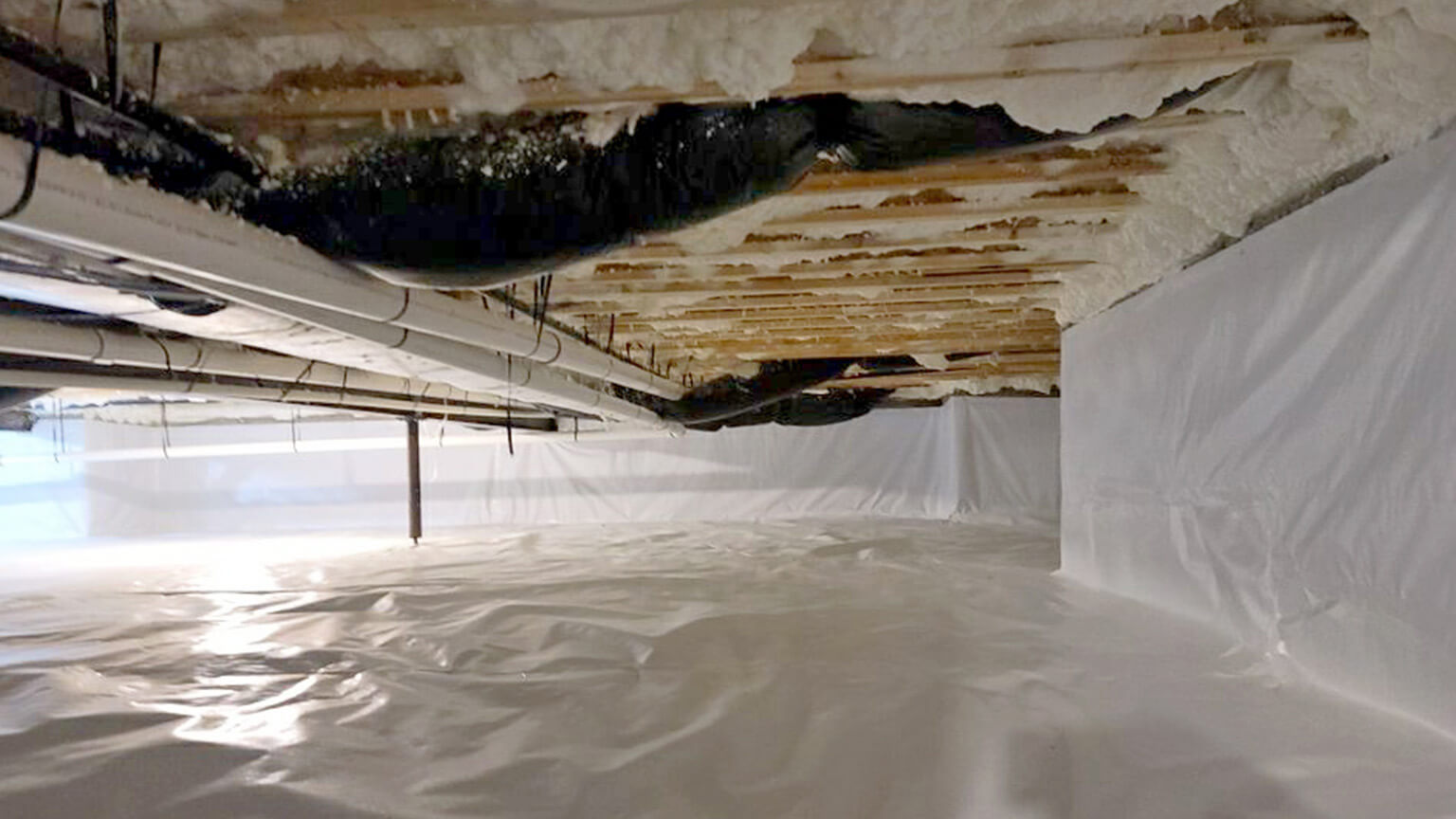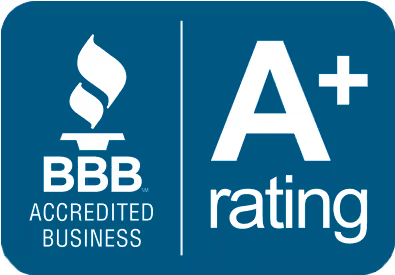Crawl space insulation helps regulate temperature, prevent moisture buildup, and improve energy efficiency. Learn how our professional insulation solutions protect your home from mold, drafts, and high energy bills, keeping your space dry and comfortable.






Are your floors cold but the air in your house is humid? It may be due to a non-insulated crawl space. Insulating your crawl space is a great way to lower your energy bills and keep your feet warm in the winter. It can also help reduce mold and wood rot, and also prevent the invasion of termites and carpenter ants. Rest assured, ‘58 Foundations & Waterproofing has the insulation solution for you!
Sealing and closing the crawl space is only the first step. Maintaining a consistent, moderate temperature is the key to cutting your heating costs. Crawl space insulation can help you achieve this—and you’ll be able to enjoy a warmer floor as a result.
There are two basic types of crawl space insulation—fiberglass batting and foam board. Each is designed to reduce the temperature differential between your home and the crawl space. ‘58 Foundations & Waterproofing is experienced at installing both!
Fiberglass batting is a more traditional and less expensive approach. This type of crawl space floor insulation is placed between the floor joists at an “R” value appropriate for your geographic location—this is typically an R19. When properly affixed, the batting can offer significant protection and has more R-value per cubic inch than foam board. However, if the crawl space dirt floor remains uncovered (not encapsulated), moisture may infiltrate the batting over time until it pulls away and requires replacement.
‘58 Foundations & Waterproofing recommends stiff 2-inch-thick foam board, an alternative to traditional batting. This rigid material is cut to fit and is mechanically fastened to your foundation walls around the entire perimeter. 2-inch foam board meets today’s building codes, remaining viable and water/moisture resistant for 100 years.
Closed cell spray foam is a third option. It can be sprayed onto your crawl space foundation walls to a depth of 2-inches.
‘58 Foundations & Waterproofing experts will inspect your crawl space to determine what option is best for you.
A crawl space is the area beneath your home that is not livable. It can be anywhere from 2 to 10 feet in height, but it is typically around 3 to 4 feet. A crawl space is different from a slab foundation or a full basement in that it is defined by an unfinished dirt floor. This space offers builders an area for plumbing, wiring, ductwork, and heating or cooling equipment.
For decades, crawl spaces were built with vents to the outside so that air could circulate throughout. Most building codes required such ventilation. However, over time, studies have shown that a crawl space that is closed—meaning one that doesn’t allow the inward migration of exterior air—is better for the home and healthier for you.
Vents allow moisture to flow into the crawl space, particularly in hot, humid climates. This moist air condenses on the wood framing, leading to mold growth and mildew. As warm air rises in your home, over 50% of that air comes from this damp, moldy area. If there is HVAC ductwork down there that is colder than the ambient air, you can get condensation and “rain” in the crawl space. In the wintertime, air from the outside cools the floor and makes it cold to the touch—this in turn will encourage you to use more heat in order to compensate and warm the house. But you shouldn’t have to be spending more on heat than you have to.
Builders have tried a variety of innovative measures to improve the air quality and efficiency of the crawl space, but they soon determined that sealing the vents not only avoided moisture problems, but it also made homes generally healthier and more comfortable.






We respect your privacy. By submitting, you authorize '58 Foundations and Waterproofing to reach you via call, email or text for information about your project needs. We will never share your personal information with third parties for marketing purposes. You can opt out at any time. Message/data rates may apply. Consent is not a condition of purchase. Privacy Policy